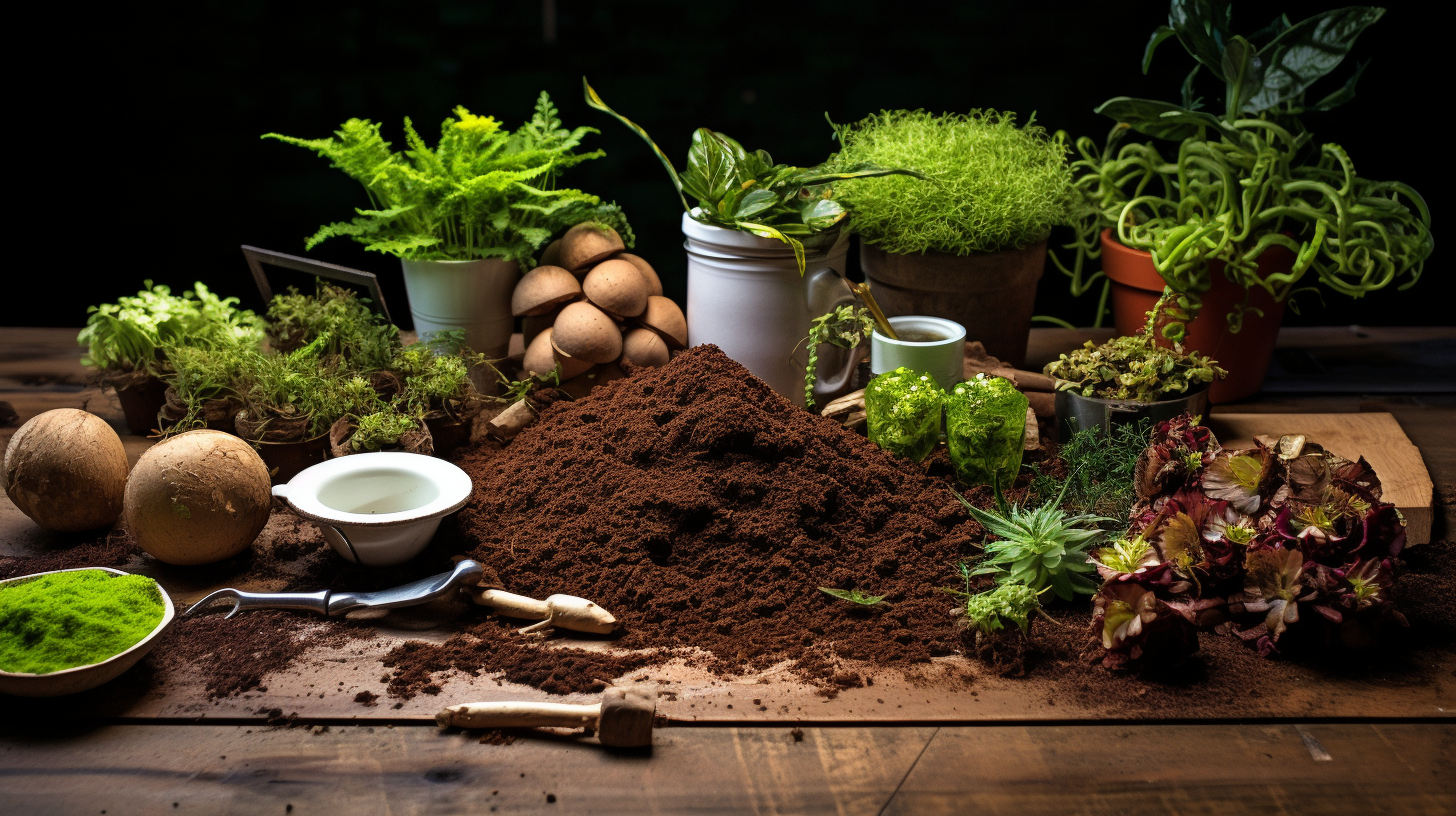Moss poles, those vertical wonders in the world of indoor gardening, are not just structural supports for your climbing plants; they’re also a canvas for creating a nurturing environment. A common question that arises among plant enthusiasts is, “What do you fill a moss pole with?” In this blog post, we’ll explore the various materials you can use to fill your moss pole, ensuring optimal support and creating a microclimate that fosters healthy plant growth.
Choosing the Right Filling Material:
The choice of filling material for your moss pole can significantly impact the well-being of your climbing plants. Here are some popular options:
- Sphagnum Moss: Advantages: Sphagnum moss is a classic and widely used filling material. Its moisture-retaining properties create a humid microclimate around the pole, mimicking the natural habitat of many climbing plants. How to Use: Wet the moss before wrapping it around the pole, ensuring an even distribution. This method provides a lush and breathable surface for roots to cling to.
- Coconut Coir: Advantages: Coconut coir is an eco-friendly alternative to sphagnum moss. It retains moisture well and offers excellent aeration for roots. Coir also has a neutral pH, which can be beneficial for plants sensitive to acidity. How to Use: Like sphagnum moss, moisten the coconut coir before wrapping it around the moss pole. It provides a durable and sustainable medium for your climbing plants.
- Coco Peat or Potting Mix: Advantages: A blend of coco peat or potting mix with other organic matter can be used to fill moss poles. This mixture provides a nutrient-rich environment for plant roots. How to Use: Mix the coco peat or potting mix with water until it reaches a moist consistency. Pack it tightly around the pole to create a stable and nourishing surface.
- Aerated Hydroponic Substrates: Advantages: For those exploring hydroponic options, lightweight and aerated substrates like perlite or vermiculite can be used. They promote excellent drainage and aeration. How to Use: Mix the chosen substrate with water to achieve a damp consistency. Pack it around the moss pole to create a supportive structure.
Filling your moss pole is not a one-size-fits-all endeavor; it depends on the specific needs of your plants and your preferences as a gardener. Experiment with different materials to discover what works best for you and your climbing companions. Whether it’s the classic touch of sphagnum moss, the eco-friendly embrace of coconut coir, or the nutrient-rich blend of potting mix, the filling you choose will play a vital role in nurturing a thriving vertical garden. Happy planting!
